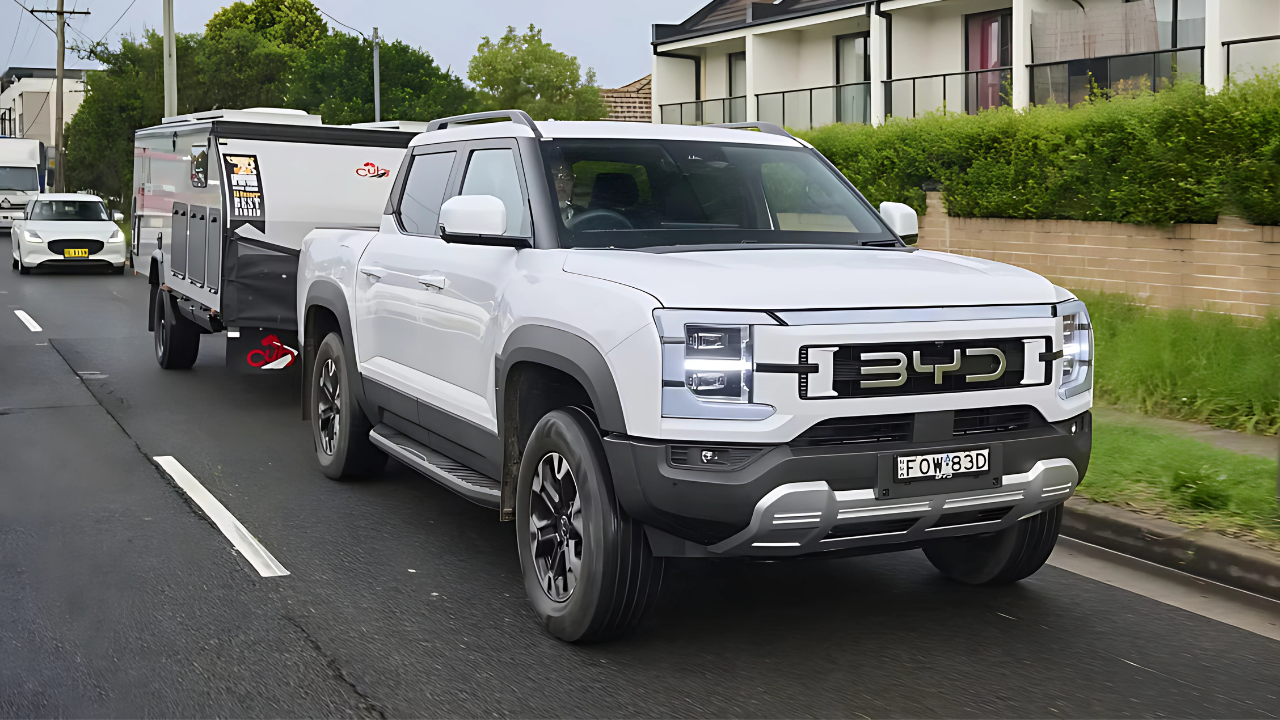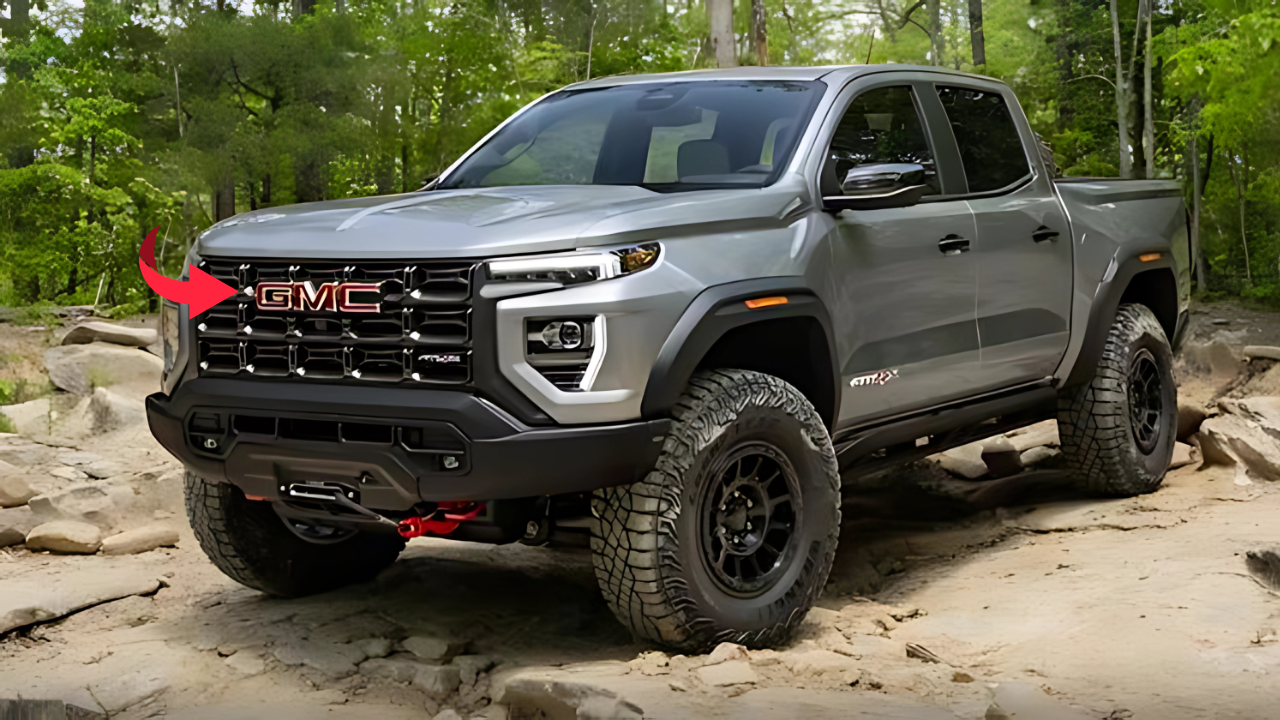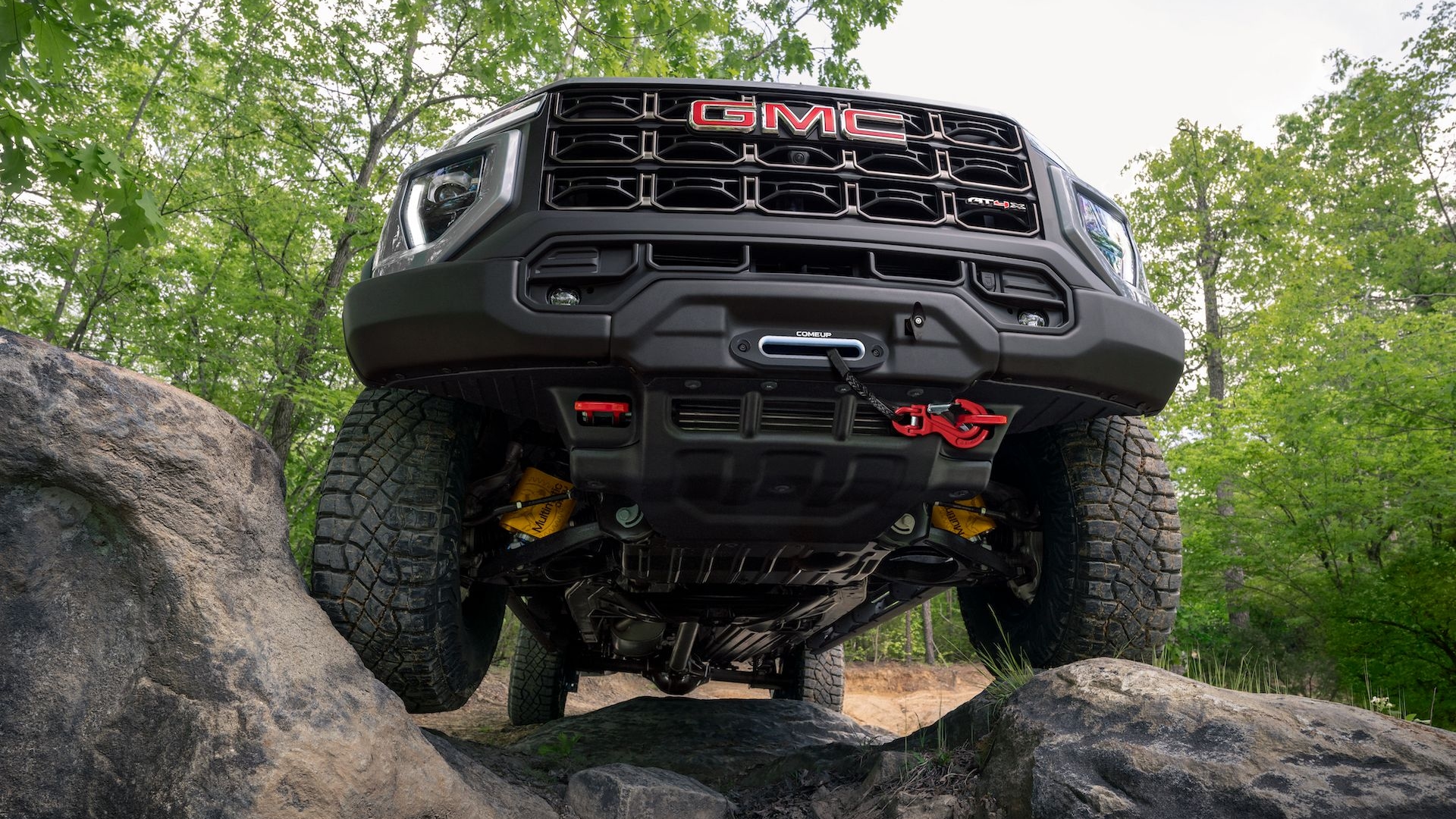In the rapidly evolving world of electric vehicles (EVs), Chinese automaker BYD is making significant strides in Australia. As of June 5, 2025, BYD has reaffirmed its commitment to the Australian market by ensuring that every new model undergoes rigorous local testing and validation before its launch. This approach highlights the company’s dedication to tailoring its vehicles to meet the unique demands of Australian drivers and conditions, setting a new standard for EV manufacturers in the region. Let’s explore how BYD is adapting its vehicles, the impact of this strategy, and what it means for the future of sustainable mobility in Australia.

BYD’s Commitment to Local Testing
Ensuring Durability Across Australian Terrains
BYD Australia has made it clear that its vehicles are not simply imported and sold—they are meticulously tested to withstand the country’s diverse and often harsh conditions. From the scorching heat of the Simpson Desert to the rugged terrains of the Yarra Ranges, BYD ensures its models are ready for anything Australia throws their way. For instance, the Shark 6 plug-in hybrid ute underwent an extensive 40,000km durability test across iconic locations like Alice Springs, Broken Hill, Toolangi, and Mount Kosciuszko. This testing ensures that vehicles like the Shark 6 can perform reliably in extreme environments, whether it’s blistering summer heat or torrential rain.
This hands-on approach isn’t just about durability—it’s about building trust with Australian consumers. By putting its vehicles through such grueling tests, BYD demonstrates that it understands the unique challenges of driving in Australia, from long rural commutes to urban stop-and-go traffic. This level of commitment is particularly important in a market where reliability and toughness are non-negotiable for many buyers, especially those in regional areas.
Tailoring Technology for Local Needs
Beyond physical durability, BYD also focuses on tuning its vehicles to suit Australian driving habits and preferences. This includes adjusting suspension systems, optimizing battery performance for local climates, and ensuring that advanced features like driver-assistance systems work seamlessly on Australian roads. For example, the Sealion 7 electric SUV, which has recently surpassed Tesla’s Model Y to become Australia’s best-selling electric car, was fine-tuned to handle the country’s varied road conditions while maintaining its efficiency and range.
This local tuning is a game-changer for EV adoption in Australia. Many consumers have been hesitant to switch to electric vehicles due to concerns about range, performance, and reliability in remote areas. BYD’s efforts to address these concerns head-on could pave the way for broader acceptance of EVs, especially as the company continues to expand its lineup with models like the sub-Dolphin electric car, which is poised to be one of the most affordable EVs in Australia.
BYD’s Growing Presence in Australia
A Rapid Rise in Popularity
BYD’s focus on local testing is paying off, as the brand has seen a meteoric rise in popularity across Australia. The Sealion 7’s recent achievement of overtaking Tesla’s Model Y in sales is a testament to BYD’s growing appeal. This success comes at a time when Tesla has experienced a significant decline, with a nearly 60% drop in sales in the first quarter of 2025 compared to the same period last year. BYD, on the other hand, has capitalized on this shift by offering a diverse range of vehicles that cater to different segments of the market, from the budget-friendly Dolphin hatchback to the versatile Shark 6 ute.
The company’s growth isn’t just limited to sales figures. BYD Australia is set to take over the distribution of its EVs and plug-in hybrids from EV Direct starting July 2025, a move that promises to streamline operations and improve customer service. This transition will also see EV Direct’s management shift to EV Dealer Group, which will oversee BYD’s retail network, ensuring a more cohesive and efficient sales process.
Expanding the Model Lineup
BYD’s ambition to become a major player in the Australian automotive market is evident in its expanding model lineup. Since entering the market in 2022 with the Atto 3 SUV, the company has introduced several models, including the Dolphin hatchback, Seal sedan, Sealion 6, Sealion 7, and Shark 6. In early 2025, BYD launched its Essentials range, which slashed prices across its lineup and introduced entry-level models to make EVs more accessible to Australians. With plans for a sub-Dolphin electric car on the horizon, BYD is positioning itself to capture a broader audience, from budget-conscious buyers to those seeking premium electric SUVs.
This aggressive expansion reflects BYD’s global strategy to dominate the EV market. The company has already surpassed Tesla in global sales and is now focusing on international markets like Australia to maintain its momentum. By tailoring its vehicles to local conditions, BYD is not only meeting consumer needs but also setting itself apart from competitors who may take a more generic approach to global markets.
The Broader Impact on Australia’s EV Market
Driving Competition and Innovation
BYD’s success in Australia is shaking up the EV market, driving competition and innovation at a time when the country is grappling with the transition to sustainable transport. The company’s ability to offer affordable, reliable, and locally tested EVs is putting pressure on other manufacturers to step up their game. For instance, Kia’s EV5 has also emerged as a top-seller in Australia, surpassing BYD models in some months, which shows how competition is benefiting consumers with more options and better pricing.
This competition is crucial for Australia, where EV adoption has lagged behind other developed nations due to high costs and limited infrastructure. BYD’s focus on affordability—such as the Dolphin Essentials model starting under $30,000—could accelerate the shift away from fossil fuel vehicles, especially as the government continues to roll out incentives and charging infrastructure.
Sustainability and Environmental Benefits
BYD’s rise also aligns with Australia’s broader environmental goals. By offering vehicles that are tailored for local use, the company is encouraging more drivers to make the switch to electric, reducing reliance on petrol and diesel. This shift has the potential to significantly lower greenhouse gas emissions, particularly in a country where transport accounts for a substantial portion of carbon output. Additionally, BYD’s partnership with Livium to recycle a broader range of battery products, including commercial vehicle batteries and energy storage systems, underscores its commitment to sustainability beyond just vehicle sales
BYD’s Future in Australia
BYD’s focus on local testing and validation is a strategic move that positions the company for long-term success in Australia. As the brand continues to expand its lineup and take control of its distribution network, it’s likely to solidify its position as a leader in the EV market. However, challenges remain, including competition from established players like Kia and Tesla, as well as the need for more widespread charging infrastructure. Nonetheless, BYD’s dedication to understanding and meeting the needs of Australian drivers sets a strong foundation for future growth.
Frequently Asked Questions (FAQs)
What models does BYD currently offer in Australia?
BYD offers the Atto 3, Dolphin, Seal, Sealion 6, Sealion 7, and Shark 6, with a sub-Dolphin model expected soon.
How does BYD ensure its vehicles suit Australian conditions?
BYD conducts extensive local testing, covering over 40,000km across diverse terrains like the Simpson Desert and Mount Kosciuszko
When will BYD Australia take over its distribution?
BYD Australia will assume distribution from EV Direct starting July 2025.






